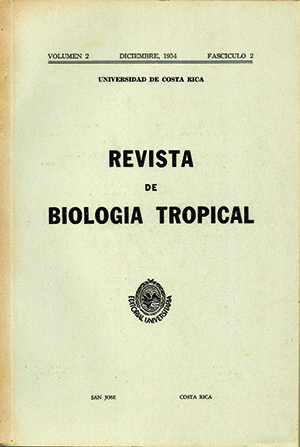Abstract
Antianthe expansa Germar, is one of the most important nests on sweet pepper. The insect causes necrosis of the parasitized and adjacent tissues, with complete interruption of sap movement. The plant may be completely ruined, or else foliar are a may be much reduced, resulting in greatly reduced yield.
The biology of Antianthe expansa is described in detail for the first time. Eggs are laid in the bark, usually on the thicker stems, and are not covered by any secretion; the opercula remain exposed. Incubation lasts from 16 to 25 days, according to the prevalent temperature. Larvae attack the plant almost immediately upon hatching. If separated from a live plant, the larvae die within a few hours. Three species of ants accompany the larvae and use their sugary secretions. Larval state lasts 90 days. Adult and immature individuals are found in the same plants. Young plants are not attacked, the preferred ones being those which can give sufficient shade and cover. Adults are short lived, in captivity with adequate food supply they die within 7 days.
Antianthe expansa was found susceptible of control by the following methods:
a) in larval and adult stages, by the use of insecticides.
b) by cultural means, involving control of other hosts of the insect, such as Cestum spp. and Acnistus.
c) by biological means, through Anaphoidea latipennis Cr., wihch is also known to attack other Membracidae.






